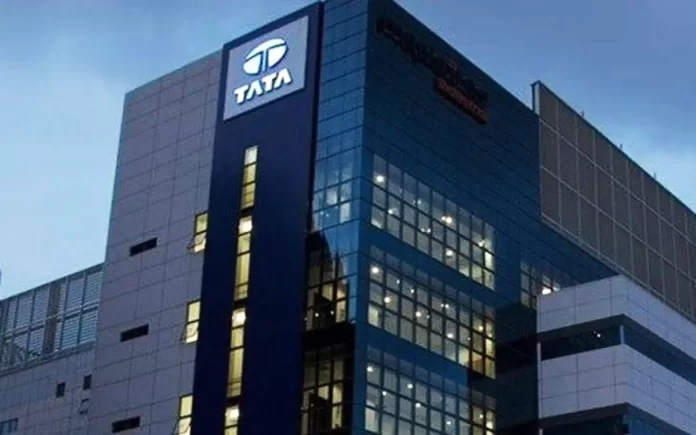Mumbai: Tata Group companies have experienced a remarkable surge in market value over the past year, propelling the conglomerate’s total worth beyond that of Pakistan’s entire economy, according to media reports. The conglomerate, recognized as India’s largest business entity, now commands a staggering market capitalization of $365 billion, equivalent to approximately Rs 30.3 lakh crore. This significant milestone surpasses the International Monetary Fund’s (IMF) estimations of Pakistan’s GDP, which stands at around $341 billion, according to media reports.
Standout Performer: Tata Consultancy Services (TCS)
At the forefront of this surge is Tata Consultancy Services (TCS), valued at approximately Rs 15 lakh crore or $170 billion. Not only does TCS stand as India’s second-largest company, but its market worth is nearly half the size of Pakistan’s struggling economy, grappling with mounting debt burdens and economic crises.
Tata Group Companies’ Performance
The remarkable ascent in market value within the Tata Group can be attributed to the stellar performances of various companies under its umbrella. Companies such as Tata Motors and Trent, alongside robust performances observed in Titan, TCS, and Tata Power, have significantly contributed to this surge over the past year. Notably, eight Tata companies, including the recently listed Tata Technologies, have doubled their wealth during this period. These companies include TRF, Trent, Benaras Hotels, Tata Investment Corporation, Tata Motors, Automobile Corporation of Goa, and Artson Engineering.
An analysis conducted by ACE Equity indicates that among the 25 Tata companies listed on stock exchanges, only Tata Chemicals has experienced a decline in wealth over the past 12 months, showcasing notable resilience in the group’s overall performance.
Expanding Strengths Beyond Listed Entities
Considering the potential market value of unlisted Tata entities such as Tata Sons, Tata Capital, Tata Play, Tata Advanced Systems, and their airline ventures (Air India and Vistara), among others, the conglomerate’s strength could see a significant increase by an estimated $160-170 billion, or possibly more.
Pakistan’s Economic Challenges
In stark contrast to India’s economic prowess, Pakistan faces formidable economic challenges. Despite commendable growth rates in recent years, the country’s economic outlook for Fiscal Year 2023 is marred by the devastating impact of floods, resulting in significant losses amounting to billions of dollars. With external debt and liabilities totaling $125 billion, Pakistan is under pressure to secure funds, particularly to meet looming external debt payments commencing in July. Adding to the urgency, a $3 billion program from the International Monetary Fund (IMF) is on the verge of exhaustion next month.
Compounding these challenges, Pakistan’s foreign exchange reserves hover around a precarious $8 billion, covering barely two months’ worth of essential imports. Moreover, its debt-to-GDP ratio exceeds the worrisome threshold of 70 percent, with credit ratings agencies expressing concerns that interest payments on its debt may consume roughly half of the government’s revenues for the current year.



